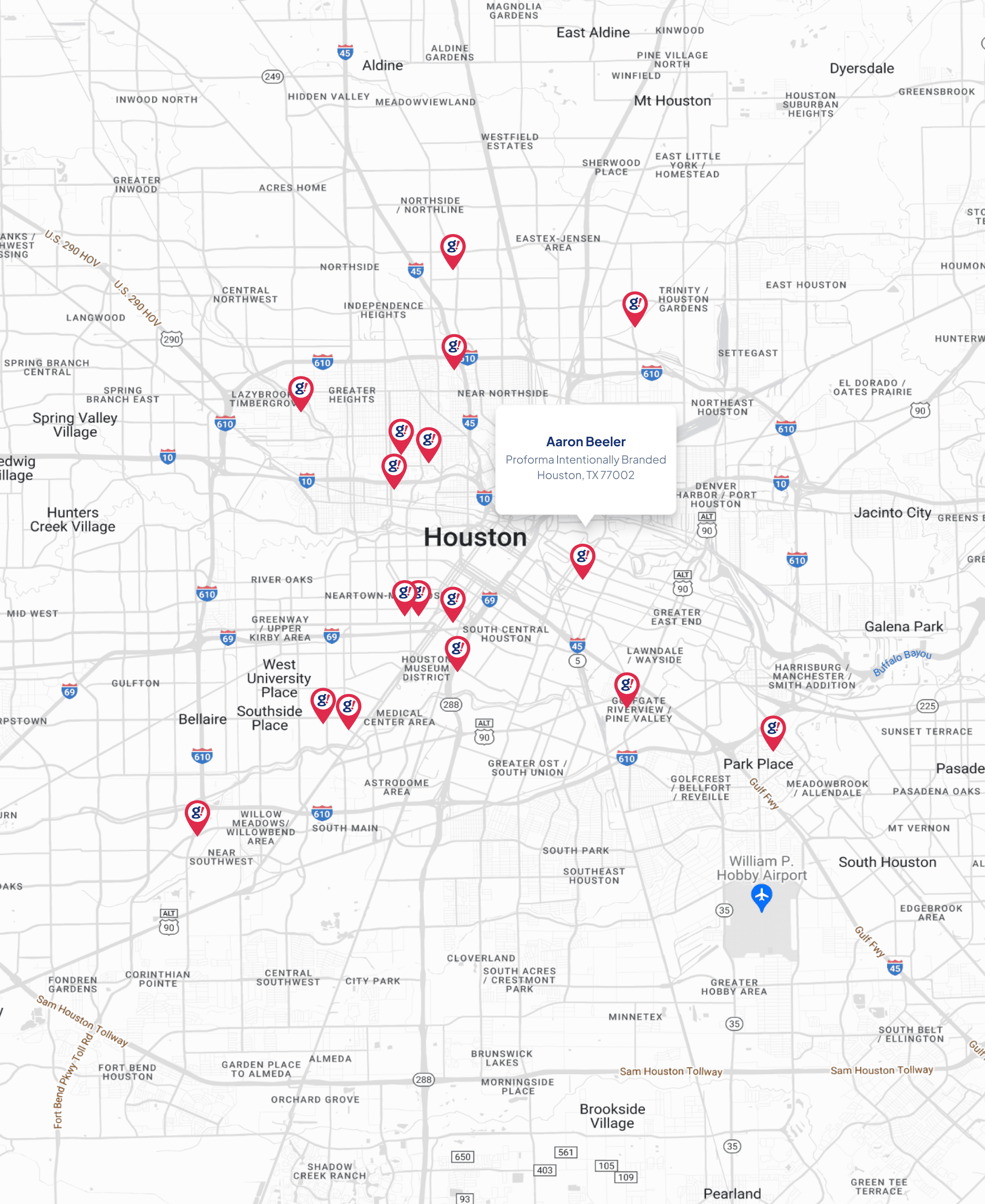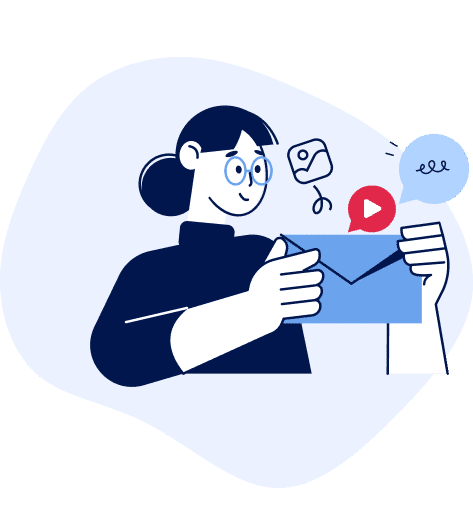Getting Email Marketing Credit Where Due: Attribution Ideas for Every Business
- Updated on: 2017-10-19
- Read original article here

Getting Email Marketing Credit Where Due: Attribution Ideas for Every Business A few months back, I wrote about using data to determine the timing, content, and impact of your email marketing campaigns (See: 6 Steps to Putting Data to Work in Email). In the last few months, the element I find myself discussing most with colleagues and clients is the latter: What data can we use to attribute the impact of our hard working email marketing campaigns? When it comes to challenges in attribution, I’ve heard it all: We’re B2B service-based company with a long lead cycle and a personally closed sale. We’re a restaurant with no online ordering, online reservations or online sale capabilities at all. We’re an eCommerce company (perfect!), but we don’t see our web analytics reporting (what??). So I’ve started my own sliding scale of things that (truly) every email marketer can use, all the way up to the latest and greatest tech (that’s more of an investment). LEVEL 1: Email Metrics from your Email Service Provider or Marketing Automation Platform. EVERYONE can do this one. While it’s not revenue attribution, you can at the very least learn which of your campaigns was likely to drive the most results based on who took an indicating action, i.e. clicked on a call to action like Buy Now, Schedule a Demo, Print Coupon, Find This Near You, etc. You can also do the age-old correlative attribution: When we send an email to market A but not market B (and they’re comparable markets in as many ways as possible), and market A shows higher sales, we can assume that email had a role in the lift in results. Even if you don’t sell anything online, you can still use Google Analytics to determine mid-funnel indicators like site traffic and time on site by lead source to tell your email marketing success story. I love showing the Site Traffic report for the year and seeing the spikes around our monthly newsletter or the start of a media campaign. For B2B companies or organizations with long lead cycles, even if you don’t sell online, you can still set up Google Analytics to watch conversions as if they had a revenue value. This one is a slight step up from Level 2 in that you’ll need to have the data to determine the true value of a web lead. Are they qualified? What % do you close and what is the average value of that contract? Work backwards to find the value of every lead that comes in via each page of your website, then assign those lead form conversions that value. Then Google Analytics acts a bit more like an eCommerce report (see Level 3, below), and you can determine things like best performing campaign by time on site or pages visited or unique visitors. Is there a “Find a location” page that they visited after viewing a product, menu page, or ad circular? Is there a social share feature on a product page that they clicked on? These could indicate a preference or intent to buy that came from their engagement that started with email. For those with a physical location where customers buy, Google Analytics can be paired with asking/incentivizing a customer to you where they heard of you… Using coupons to attribute sales to an email campaign is the easiest and clearest option, IF you have a consistent POS that eventually cycles that data back into your master database or directly into your ESP/MAP. This gets to be more like Level 3 reporting if you can track each individual coupon redeemer back to your master database and/or ESP/MAP. (You could also use the low-tech of a coupon code or offer ONLY available to email – so that in the POS system you can see how many redeemed, even if you don’t know which person specifically redeemed it.) If you don’t discount/offer coupons, you/your staff can simply ASK “Where did you hear about us?” If you have a Point of Sale system that can (a) take in customer data like email address or phone number and (b) send that information back to your master database, you can go with the ever-popular “Can we get an email address to send you future offers?” or “What’s your phone number?” Loyalty programs can incentivize your customer to help you track what campaigns were sent to them and pair it with what they’re buying. This is usually correlative data, but it can be useful in determining big campaign influences. For example, what % of your shoppers got a promotional email within a week before shopping? Or, better yet, if you sent an email promoting a shampoo sale, and one of your subscribers opened it, and then comes in and buys shampoo… it’s fair to say that the email had an impact on that sale. NOTE: With this type of correlative data, and in fact with most campaigns, you likely can’t presume that email was 100% responsible for the purchases of an email subscriber. You , however, use your loyalty program or email/phone data to pull reports that can tell you what the average customer spent compared to what the average customer who subscribed to emails spent. That’s also a good indicator of the value of your program, though it’s still correlative and not necessary proof that emails CAUSED all of those sales – it could be that our best shoppers are likely to be both big spend spenders and email subscribers.



